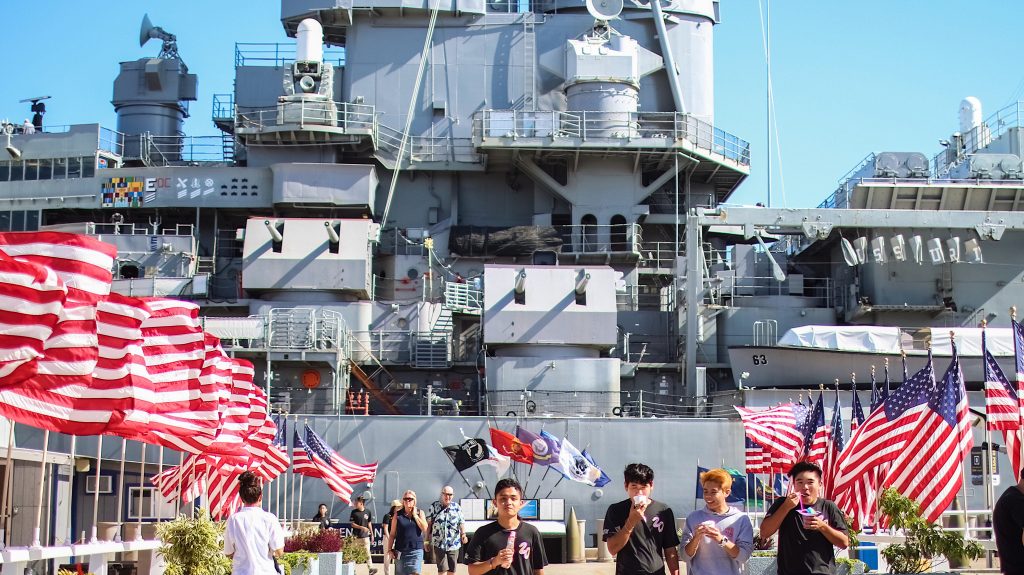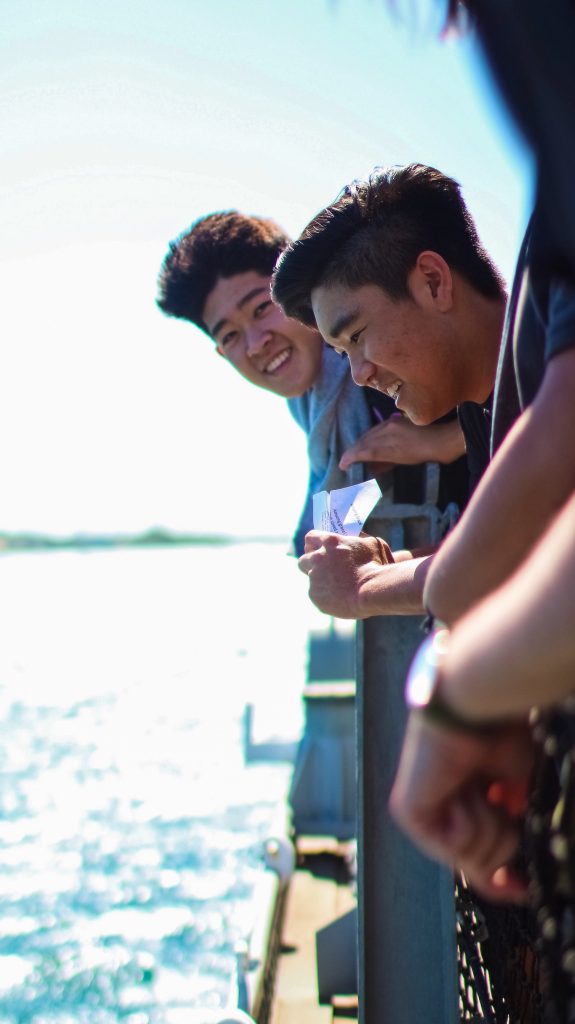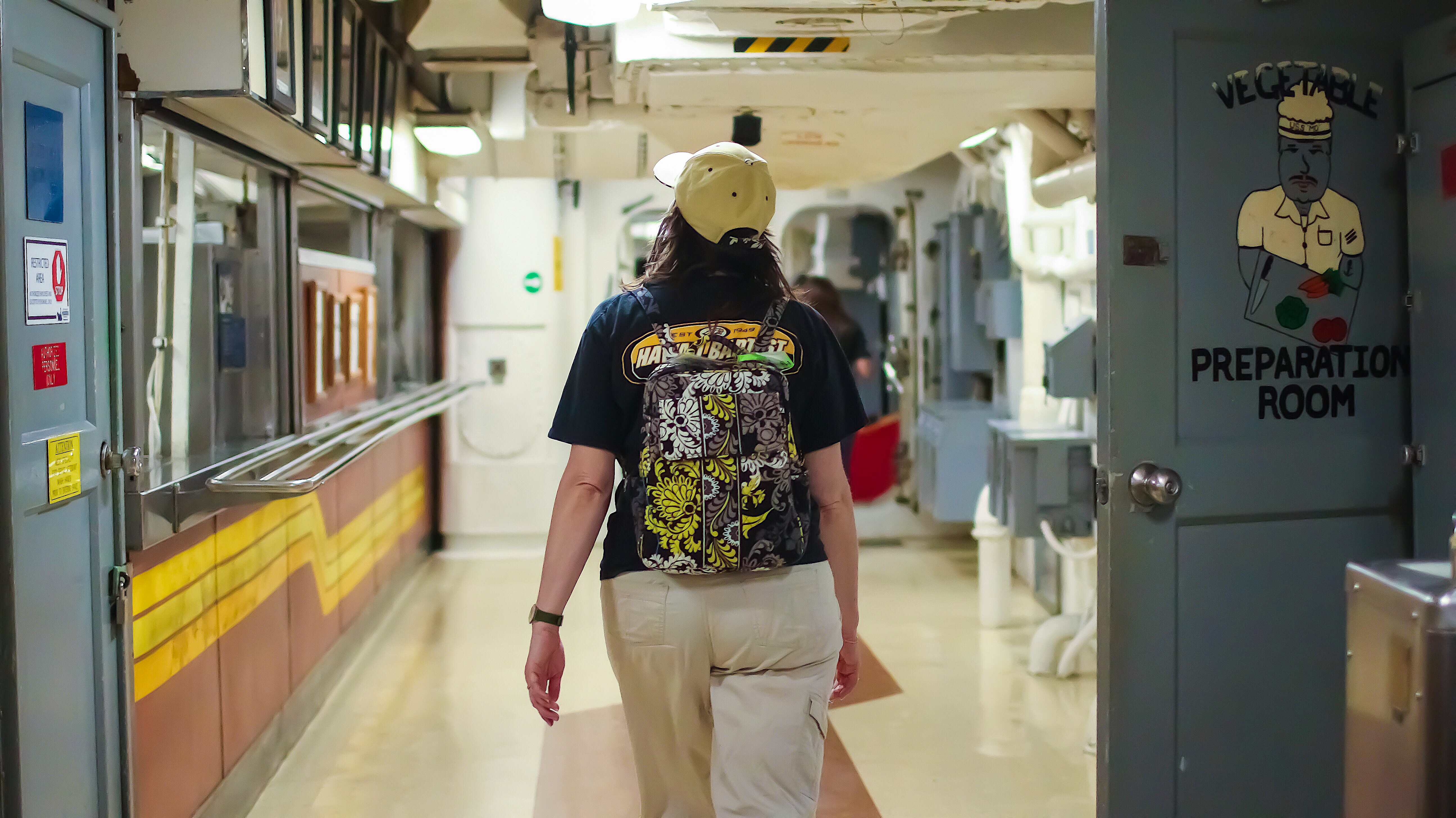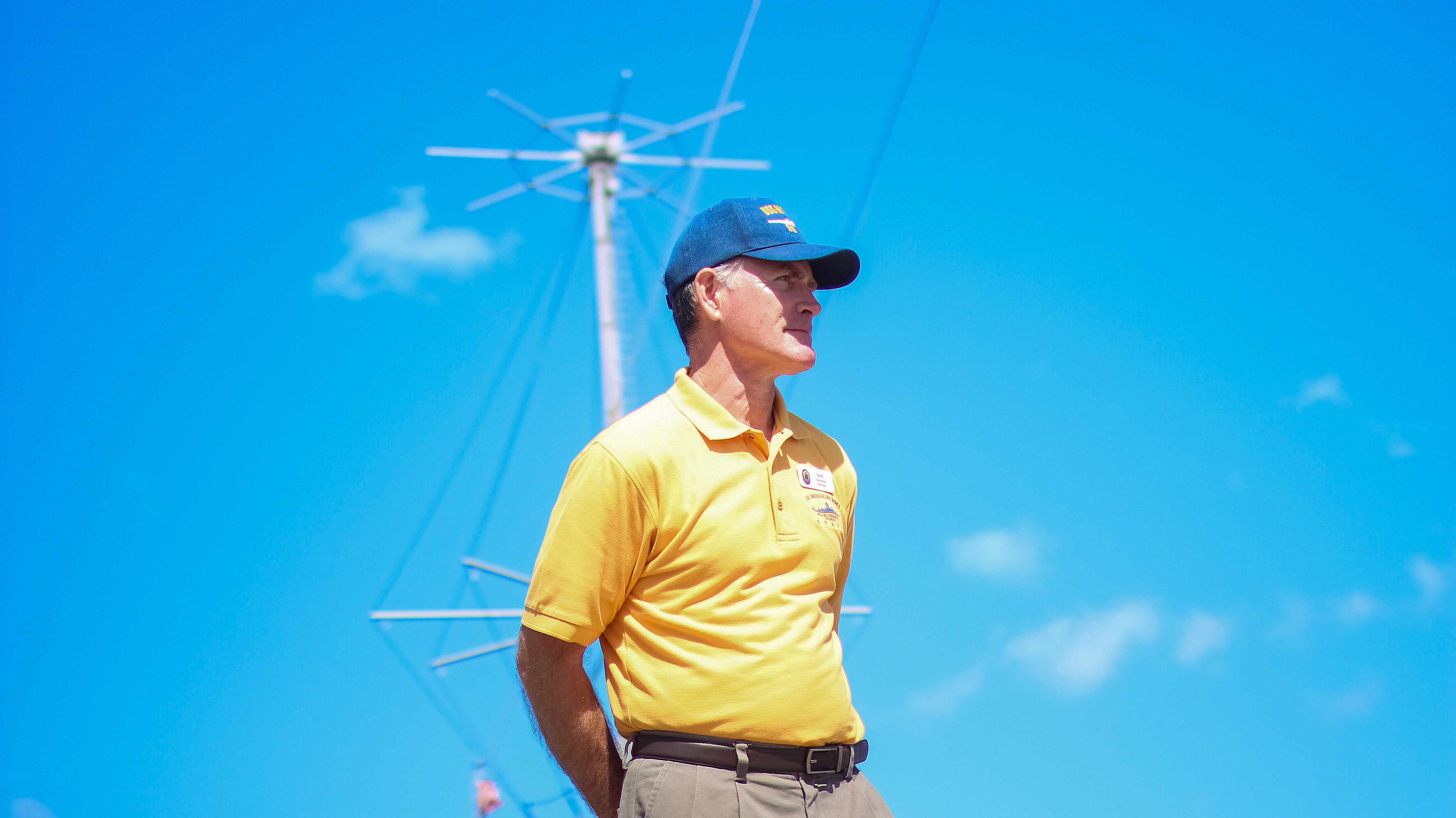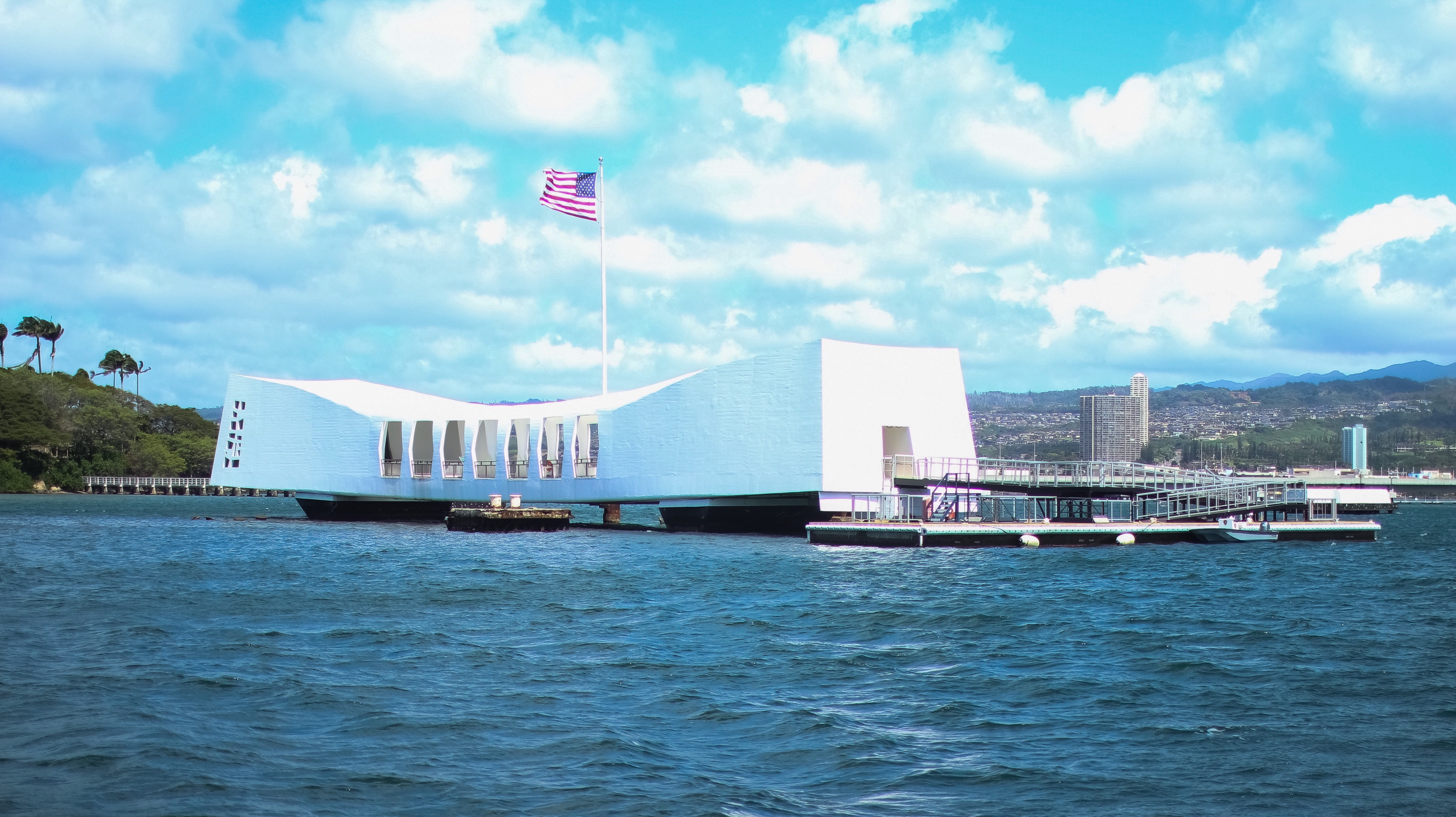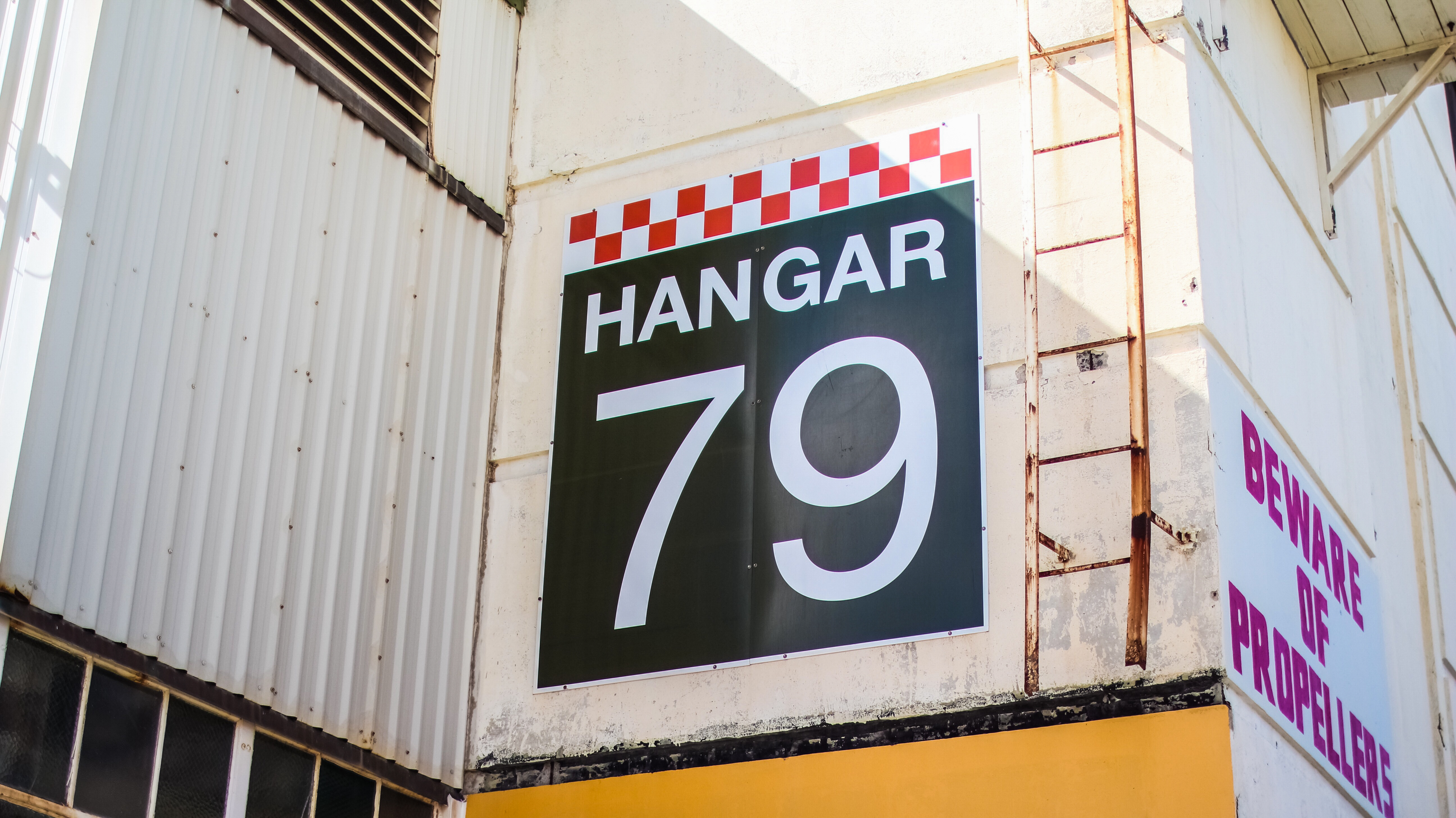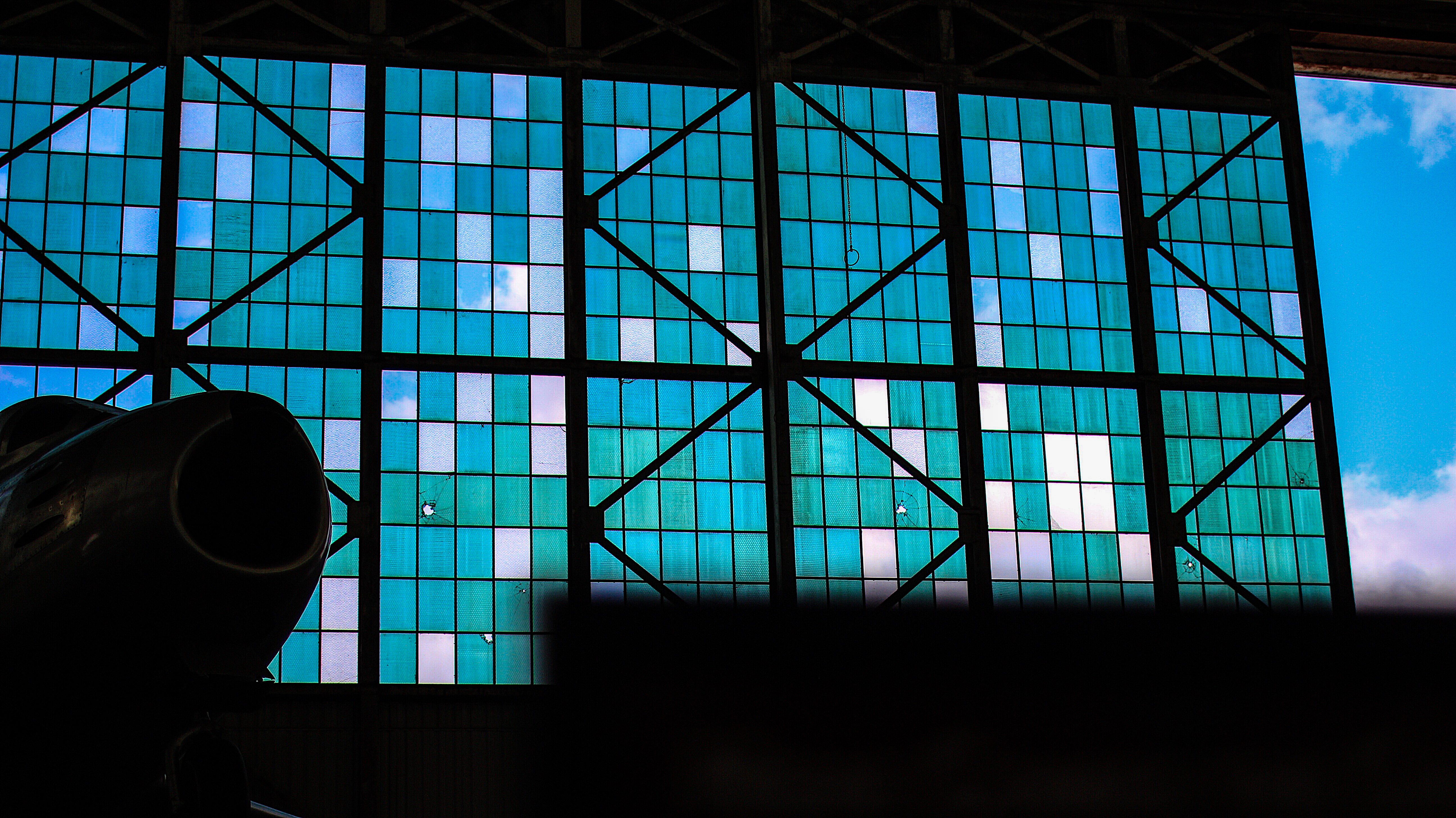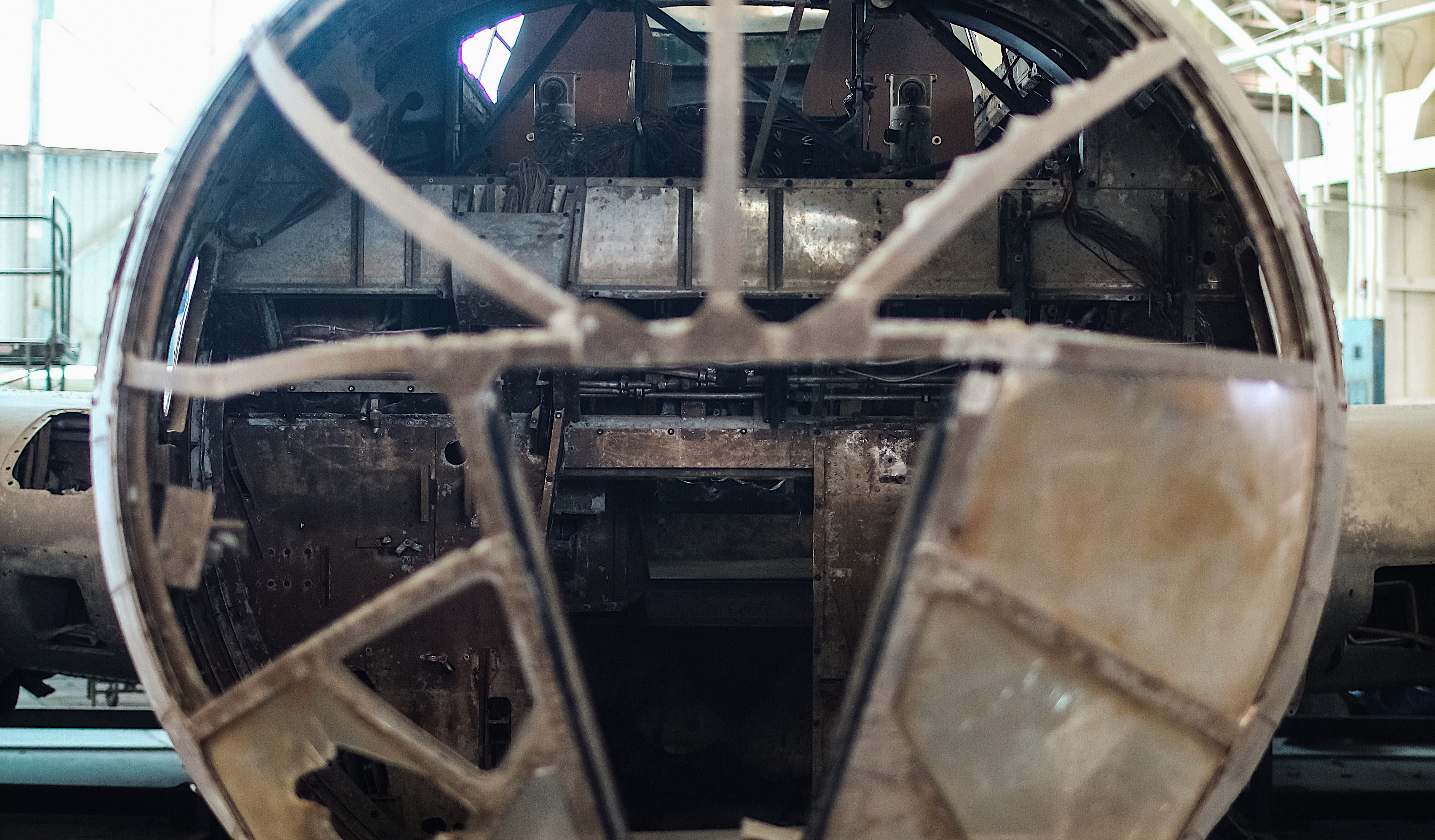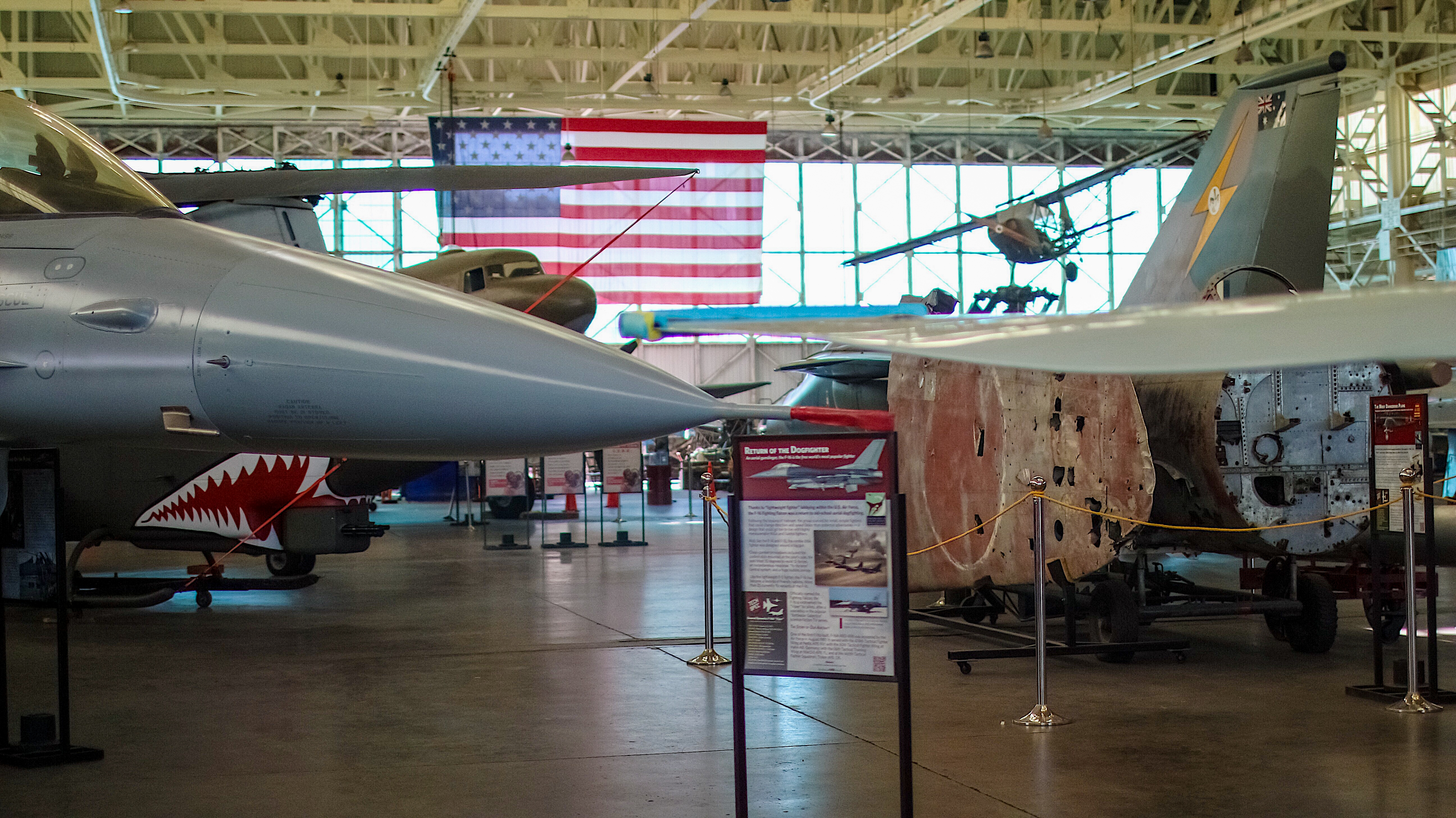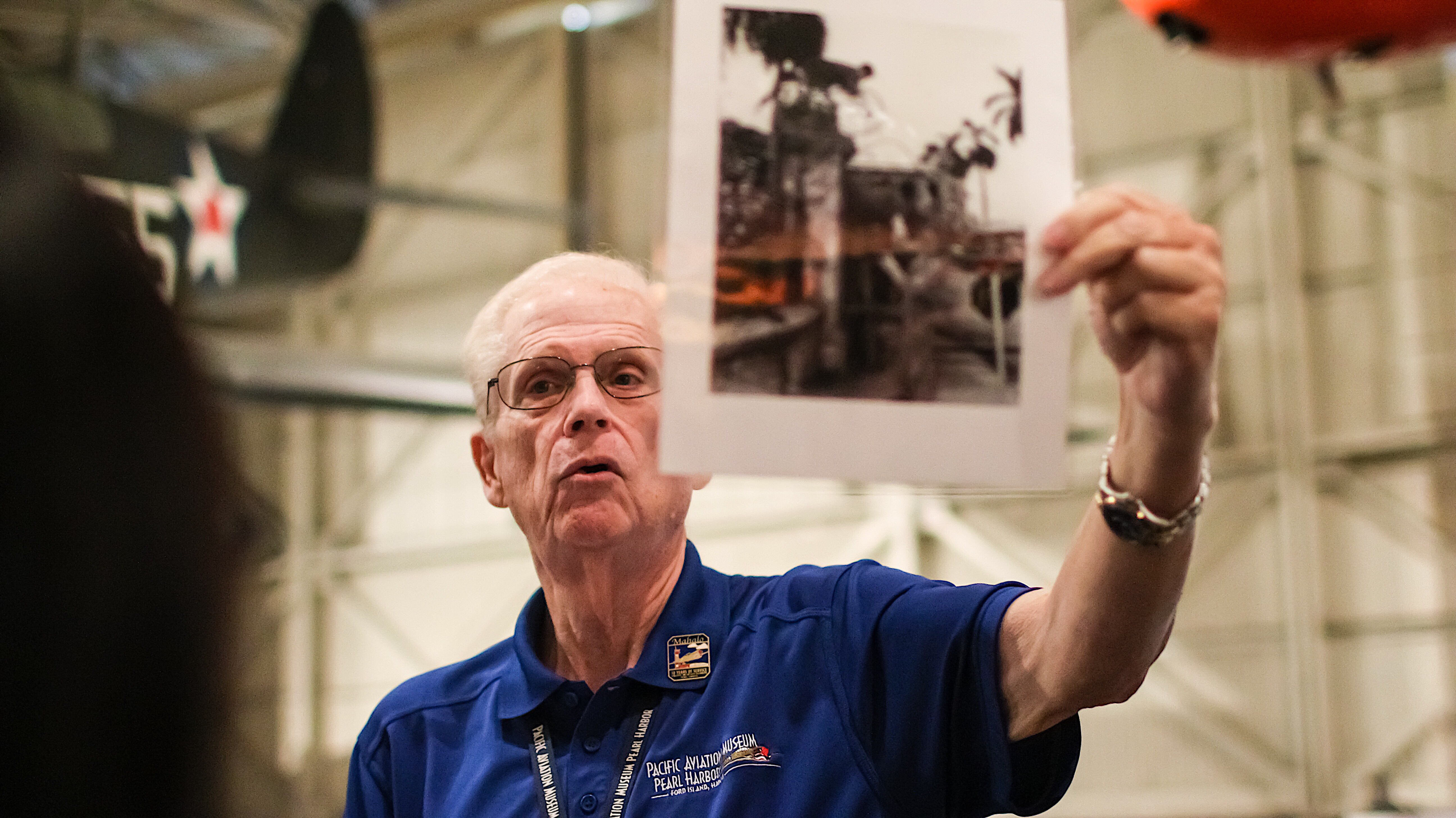Honoring the Honorable


There, they learned about Japan’s attack on Pearl Harbor, visiting various memorials honoring those who lost their lives. Students later boarded the USS Missouri, where they participated in a ceremony honoring those who lost their lives serving our country. The sophomores also visited the Pacific Aviation Museum and sailed to the USS Arizona Memorial. By the end of the day, the sophomores returned with a greater appreciation of the sacrifices of the brave men and women serving in the armed forces and those who work to keep their memory alive.
Photography by Kaycee Nakashima (’20).

